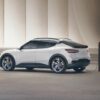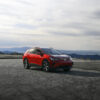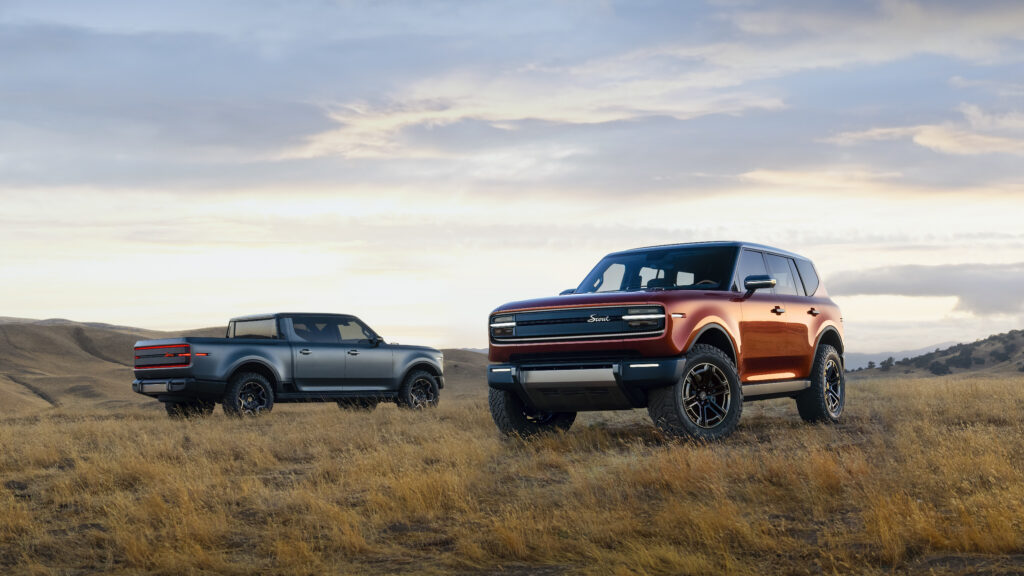
Scout Motors is taking a daring approach: blending the best of modern EV tech with the rugged charm of a 20th-century off-roader. For anyone familiar with the original Scout 4×4, it’s a trip down memory lane. These two new models—the Scout Traveler SUV and Scout Terra pickup—embody a full revival of International Harvester’s legacy while firmly planting their wheels in the future.
After acquiring the Scout trademark in 2022, Volkswagen Group (VOW3.DE) decided to launch Scout Motors as a standalone brand, with a clear focus on the American market. Headquartered in Virginia, Scout aims to bring back that legendary off-road spirit, only this time, it’s all-electric. But this isn’t a nostalgia-driven cash grab.
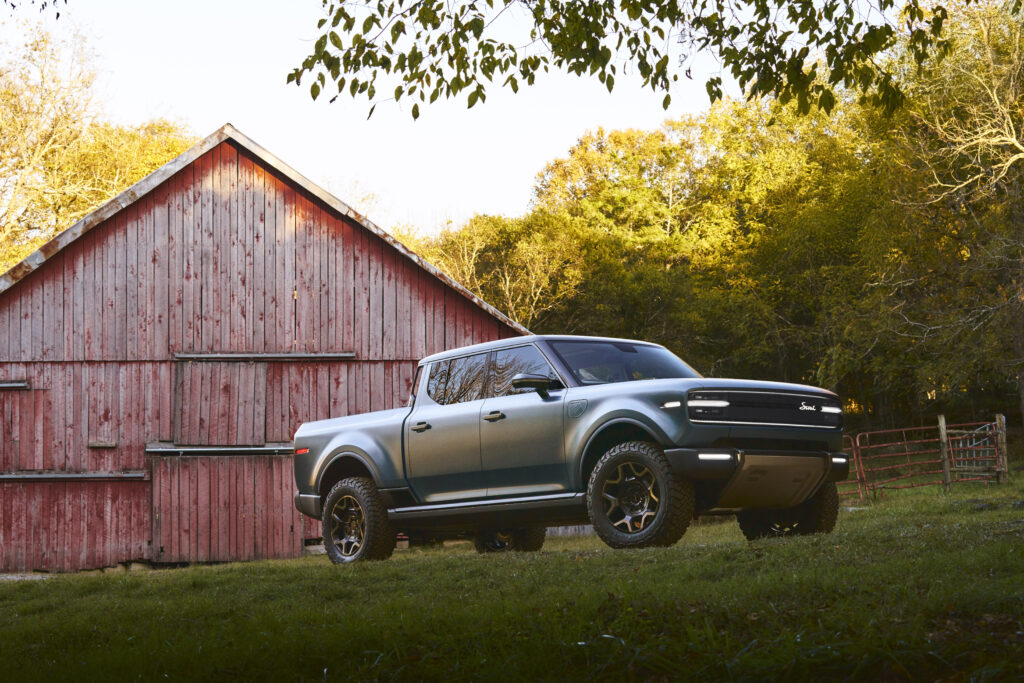
The Traveler and Terra are purpose-built to meet the demands of modern off-road enthusiasts who also want EV technology that performs beyond the pavement.
Tech That’s Both Trail-Ready and Future-Focused
At the heart of both the Scout Traveler and Terra is an 800-volt platform—a high-performance architecture that positions them among the fastest-charging EVs on the market.
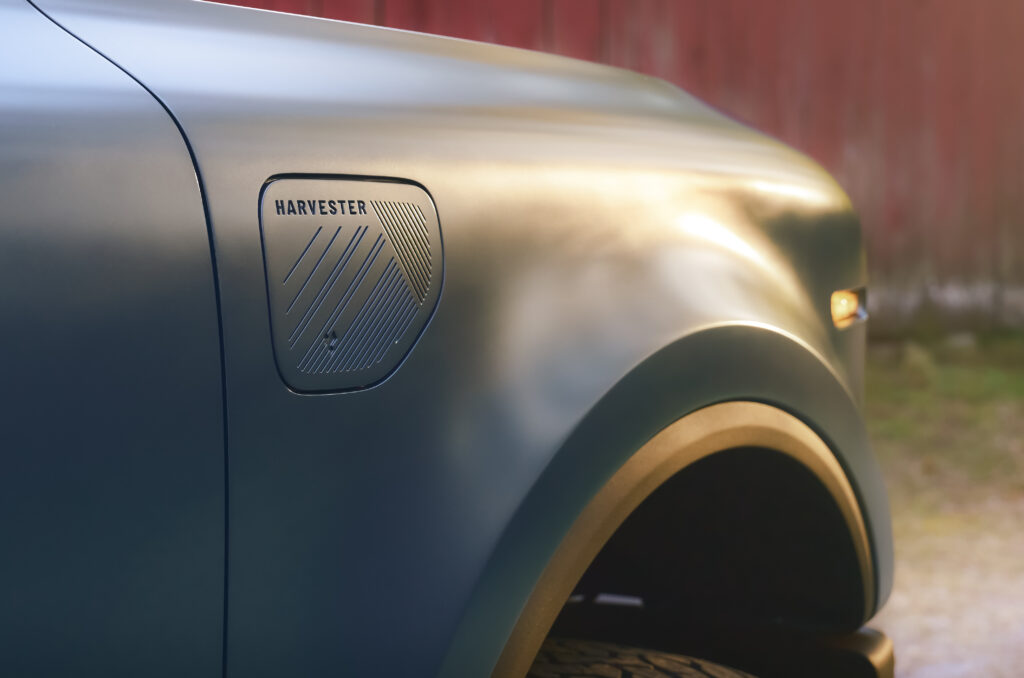
This system allows for DC fast-charging speeds up to 350 kW, putting them in a league with high-end EVs like the Porsche Taycan and Lucid Air when it comes to recharge times. For practical purposes, that means you’ll spend less time tethered to a charging station and more time on the road (or trail).
Scout’s decision to equip these models with the North American Charging Standard (NACS) port—popularized by Tesla (TSLA)—opens up significant charging access, making it easier for owners to find compatible stations.
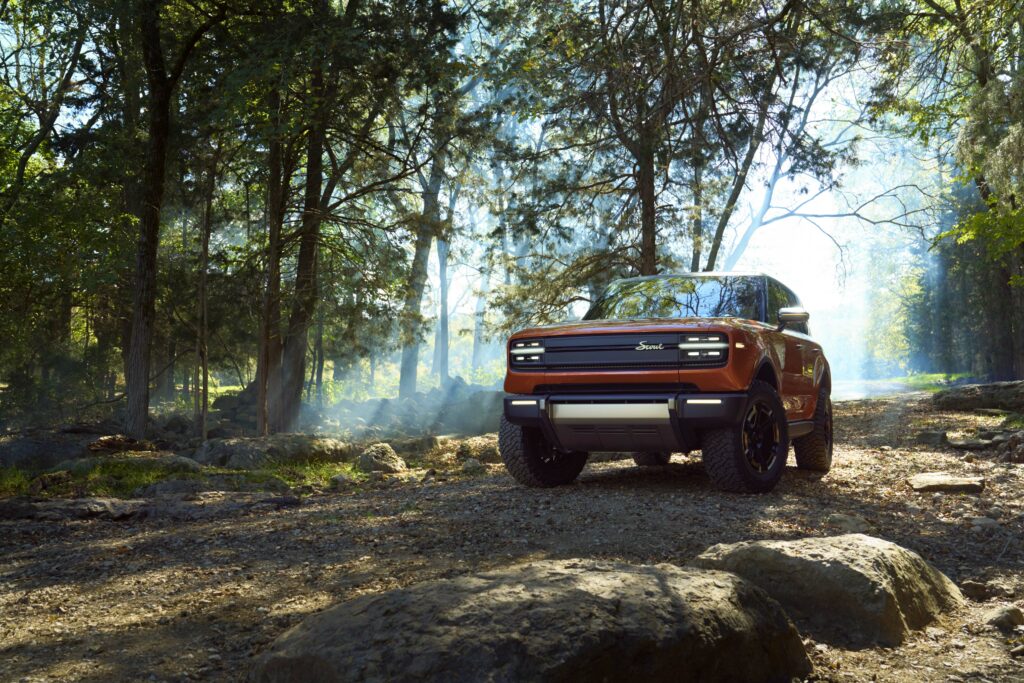
On top of this, both models feature bidirectional charging, allowing the vehicles to serve as portable power sources. This makes the Traveler and Terra handy for camping or off-grid work, with outlets capable of running appliances, tools, or even charging other devices from the truck’s battery.
Harvester Configuration: A Hybrid Take on Range Anxiety
While Scout’s fully electric models promise a solid 350 miles on a single charge, the brand is also offering a unique solution for those venturing far off the grid: the Harvester range extender. Named as a nod to International Harvester’s legacy, this configuration integrates a gasoline-powered generator that recharges the battery.
Unlike plug-in hybrids, where gas engines assist directly in driving, the Harvester’s gasoline engine only recharges the battery, preserving the Scout’s pure electric drivetrain.
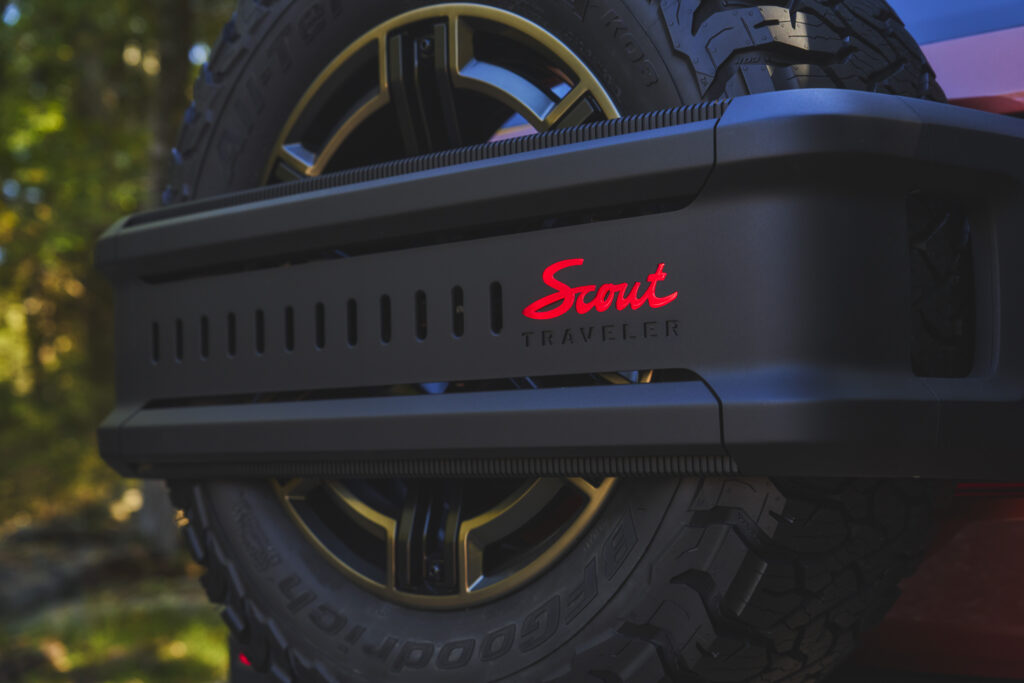
With the Harvester option, Scout estimates up to 500 miles of range—enough to rival traditional gas-powered trucks and SUVs. This added flexibility is a practical consideration for overlanders or anyone planning extended trips away from EV charging networks. In a world where EV adoption can be limited by range anxiety, Scout’s Harvester approach offers an adaptable, user-friendly solution.
Inside Scout: A Blend of Retro and Tech-Forward Design
While Scout’s exterior might turn heads with its classic boxy look, the interior is where the modern touch truly shines. The dashboard houses a massive touchscreen for infotainment, but unlike many new EVs, Scout hasn’t abandoned physical controls. “Big, beefy buttons and knobs,” as Scout Motors puts it, let drivers adjust climate, volume, and even driving modes without needing to fiddle with digital menus—a practical touch for off-roaders who may need to make adjustments on bumpy trails.
One of the more nostalgic interior features is the option for a front bench seat, which might feel like a throwback to classic trucks of the past.
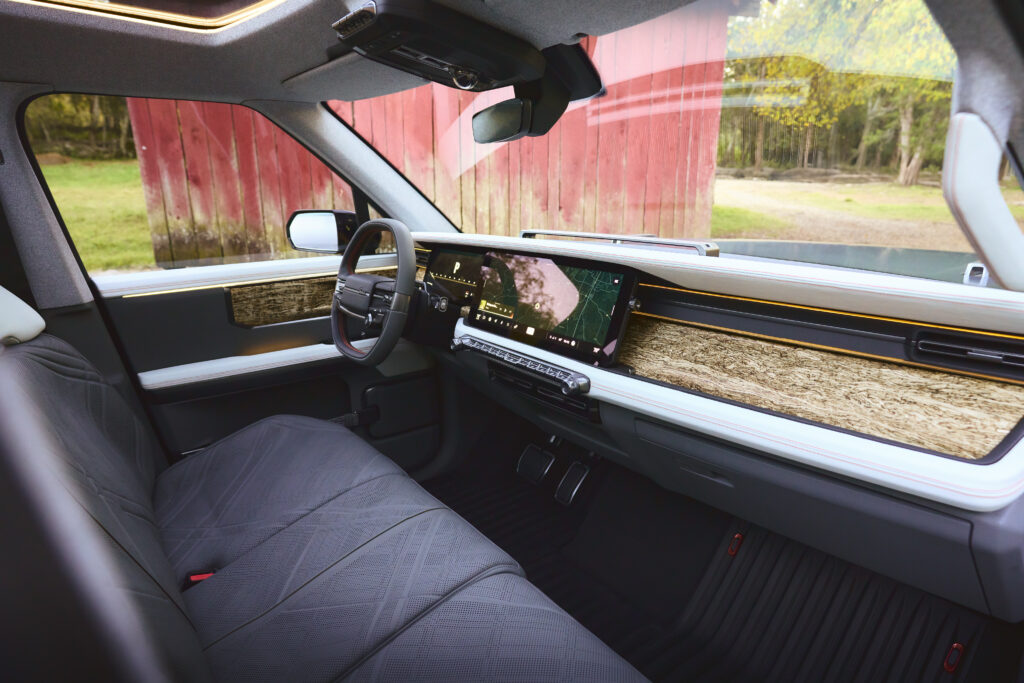
Whether you’re using the SUV or the pickup, Scout’s interiors cater to versatility and comfort, with abundant storage in the center console or the option to forego it for added passenger space. And, of course, both models come with a “frunk” up front, adding more storage for gear or groceries.
For additional flair, Scout’s designers included customizable ambient lighting that echoes the vehicle’s exterior design language. Even the dashboard’s shape offers functionality, with a lip that can prop up an iPad, turning the cabin into a modern work or entertainment station while parked.
Production and Rivian Partnership: Collaborating for a Competitive Edge
Scout’s commitment to producing these EVs on American soil speaks to its understanding of the U.S. market, particularly its appetite for off-road capable vehicles. Volkswagen Group invested over $2 billion in a South Carolina manufacturing facility, positioning it to produce up to 200,000 units per year.
This level of production, paired with Scout’s direct-to-consumer model, means they’re not just following the lead of brands like Tesla—they’re setting a standard for the next wave of EV newcomers.
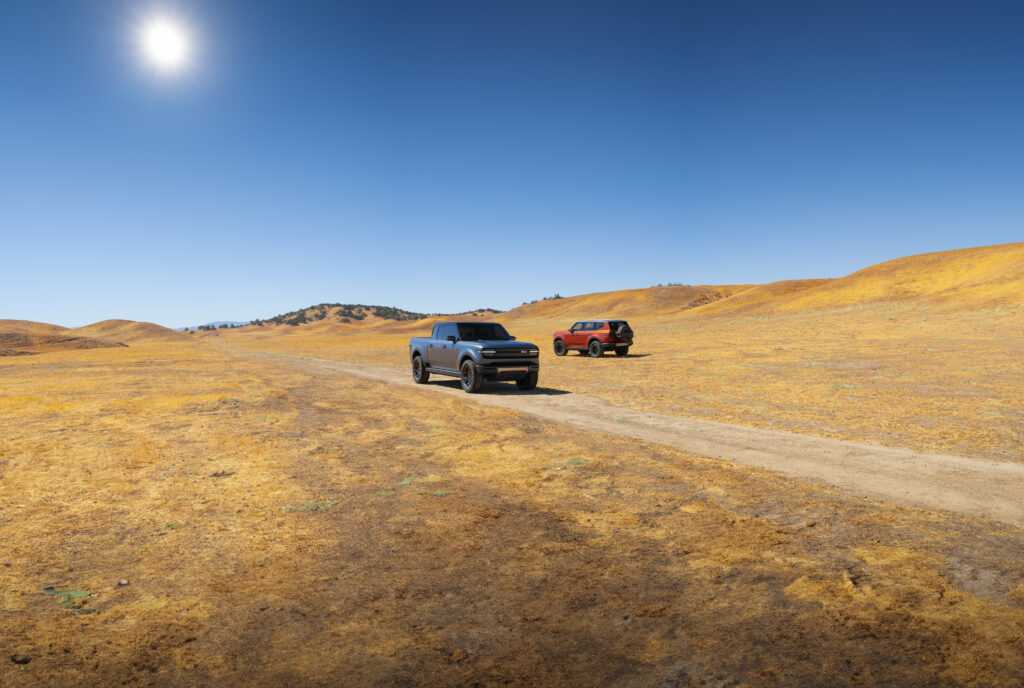
One of the most intriguing elements of Scout’s story is its emerging partnership with Rivian, a company similarly focused on rugged EVs. Volkswagen Group’s recent investment in Rivian (RIVN) opens doors for technology-sharing and potential co-development. Rivian’s software and over-the-air update capabilities, among other technologies, may very well find their way into Scout’s lineup.
The advantage here is that, rather than competing directly, the two companies might collaborate to share insights, furthering the progress of EV technology tailored specifically for off-road use.
Practical Pricing and Direct Reservations
With prices expected to start below $60,000, Scout is targeting the sweet spot for adventurous EV buyers. Federal incentives could bring that price even lower, potentially dipping under $50,000, which makes these rugged, retro-inspired EVs more accessible than some of their high-end competitors.
The company’s direct-to-consumer model, a la Tesla, simplifies the purchase process, allowing customers to reserve a model now with a $100 deposit. However, given that production is slated to begin in 2026, early adopters will need to be patient.
Scout’s unique combination of retro design, serious off-road specs, and thoughtful EV engineering may just carve out a new space in the EV world. They’re bringing back an iconic name while pushing the limits of what electric vehicles can do off the beaten path.

